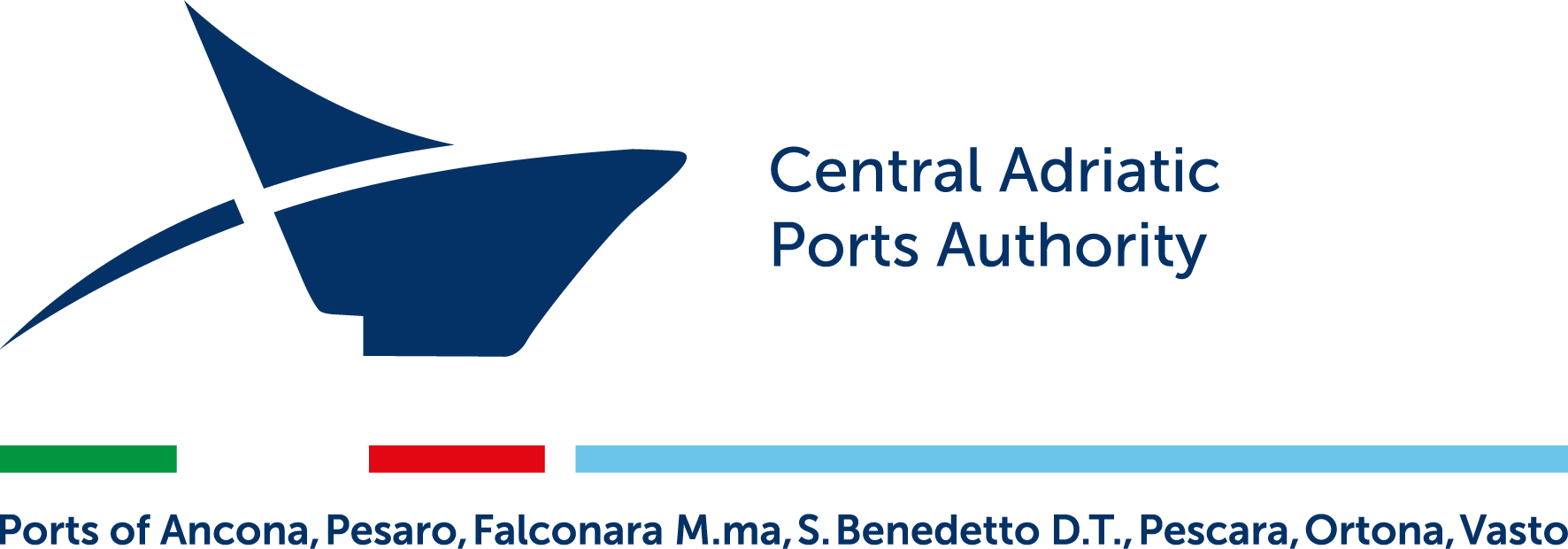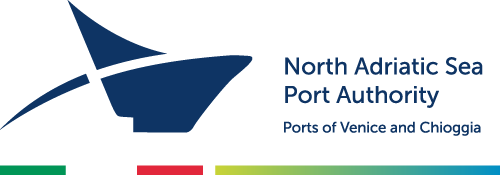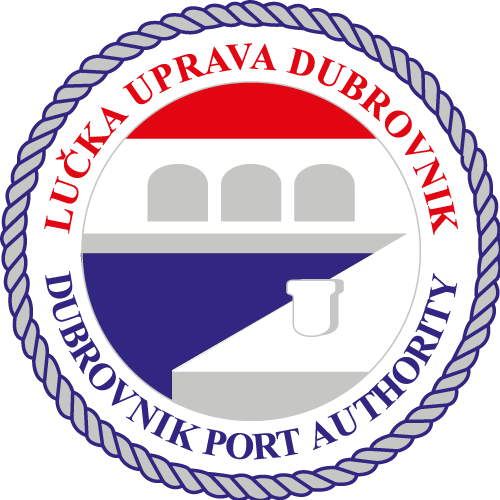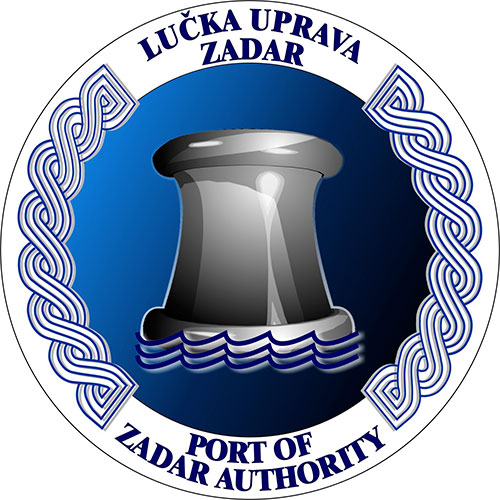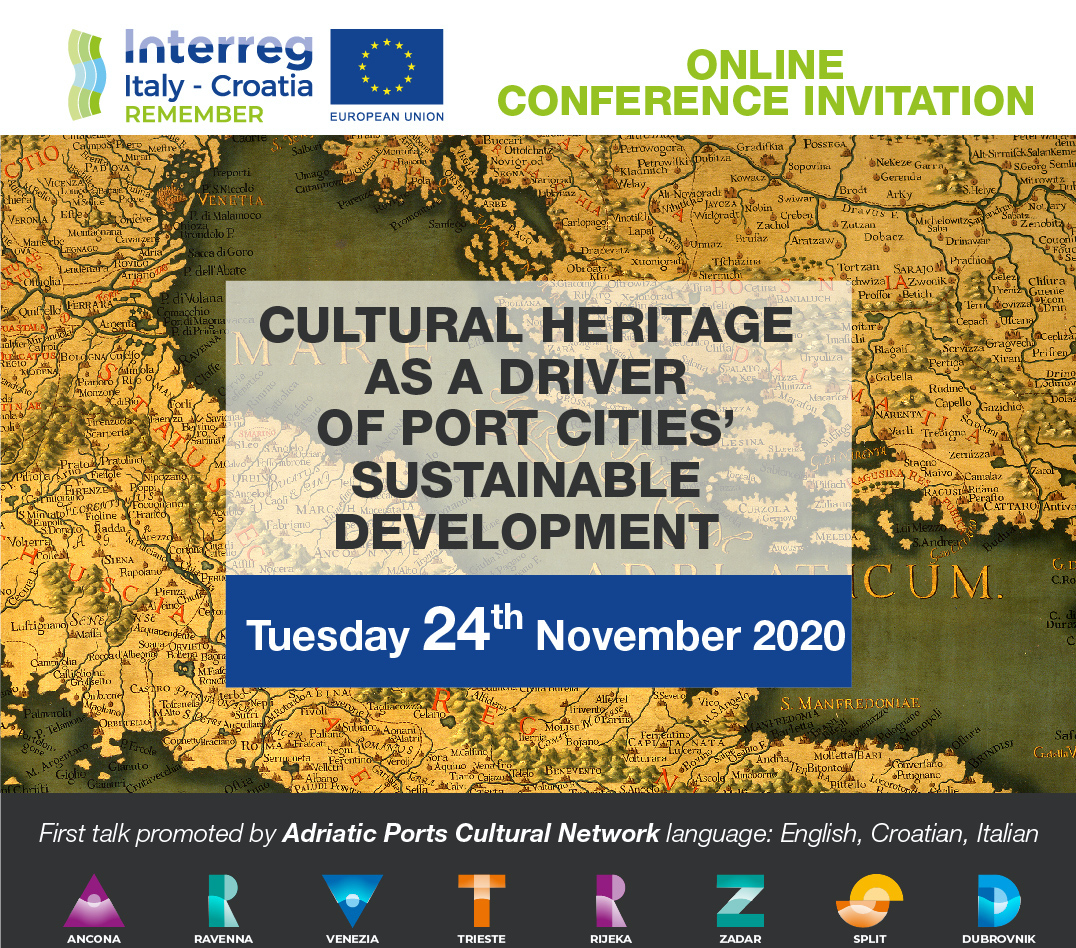
CULTURAL HERITAGE AS A DRIVER OF PORT CITIES’ SUSTAINABLE DEVELOPMENT
The role of cultural heritage as a driver for the sustainable development of port cities was the central topic of the International conference held online on the 4th November 2020, in the framework of REMEMBER project, that saw the participation of Ernesto Ottone Ramìrez, Assistant Director-General, Unesco for Culture, former Minister of Culture, Art and Heritage of Chile, as the guest of honor.
The event, which saw an audience of about 200 participants, brought the first results of the project Remember, funded by the Italy-Croatia cross-border cooperation program, which seeks the joint commitment of eight port cities on both shores of the Adriatic to rediscover and transmit the values of a common cultural identity built through the sharing of the same sea.
To introduce and moderate the works, the geographer Franco Farinelli, already an expert in the history of the Adriatic according to whom a first result of the project is in fact the joint commitment to the enhancement of an identity culture that goes beyond its own territory and is based instead on the relationship with this, already envisaging a response to the crisis of the territorial models prevalent up to now.
“The Adriatic is a real cradle that over the millennia has allowed the development and flourishing of many populations that here, at the meeting point between the Latin, German and Slavic civilizations, have prospered making the sea the main engine of their economy – commented Pino Musolino, who took the floor as Extraordinary Commissioner of the Port System Authority of the Northern Adriatic Sea – “In Venice the flourishing mercantile economy allowed, in Medieval, Renaissance and then modern times, the development of culture, arts and technological innovation, and allowed a humble settlement built on water to survive the crumbling Roman world to become a metropolis capable of attracting elites from around the world. And that same maritime port culture that allowed the creation of the “Arzanà dei Viniziani”, recalled with suggestion by Dante himself, lives on today in Porto Marghera, a forge of production and services fueled by the many entrepreneurial realities that continue to invest on the ports.”
The President of the Central Adriatic Ports Authority, Rodolfo Giampieri, leader of the project, wanted to underline, on the other hand, that “the cultural heritage of ports has the great advantage of being immediately recognizable by those who live in a port city and by those who work there. Port and city can find in the cultural dimension the key to growing together again, each operating in their own area of competence, especially today when the values of sustainability are no longer perceived as a business cost but as an element of competitiveness. An example of how culture can be an instrument of mutual understanding and sustainable development is the experience of the opening of the Old Port of Ancona after moving operational activities to more efficient spaces for modern logistics needs. The desire to experience the port, to propose new business projects, to recognize oneself in these spaces is the most evident sign of the presence of this heritage of identity and knowledge and of the strong link between the city and its port “.
The representative of the Veneto Region, managing authority of the Italy-Croatia Program, Federico Rosset – Policy officer, European Territorial Cooperation and Macrostrategies Unit, Joint Programming Department – framed the project in the context of the construction of new tourism models in the Adriatic, highlighting a key role of ports as both privileged observers of tourism dynamics, and as actors.
According to the Unesco Keynote speaker, the Deputy Director General for Culture, former Chilean Minister, Ernesto Ottone Ramirez, the topics of the conference are all the more current today. The pandemic (and before that the UN 2030 Agenda), on the one hand highlighted that we must equip cities with greater resilience; on the other hand, by reducing tourism in historic cities by 65%, the pandemic reset the approach on the type of tourism that is desirable. For this reason, UNESCO has created a real “Task force for resilient tourism” and a road map for the actions to be implemented in a timely manner. Therefore, a space has already opened to build or reconstruct, with the involvement of communities, public decision-makers, economic operators together, the models to be pursued in order to achieve a balance between social, economic, environmental and cultural dimensions: from this point of view, historic port cities can be a case of exceptional research and experimentation.
This intervention was first echoed by the University of TU-Delft with Professor Carola Hein who presented several projects on these issues, as well as the Action Plan of the Union for the Mediterranean which again places port cities at the center of the process of building sustainable cities, passing through the importance of sharing a project for the future with all the actors involved; then the representative of the International Association of Port Cities, José Sánchez, International Project Manager, highlighted the relationship between sustainability and culture through the application of the UN Agenda 2030 to the case of maritime cities and by tracing the evolution of the instrument of the so called “Port centers” to keep the dialogue between the port and urban soul of these realities alive. The virtual museums proposed by Remember are part of the third generation of Port Centers, the one that focuses on new technologies and on a “widespread” use of space and time.
Entering the heart of the project, the conference gave voice to Domagoj Drazina, Project Manager and Education curator of the National Museum of Zadar, according to whom the most difficult challenge facing museums today is to involve the public, making them an active user through interaction techniques that make it possible to “tell the story together”, capturing the users’ feed back to reorient the content proposal.
From the point of view of the new technologies to be implemented, it was Professor Paolo Clini, from the Polytechnic University of Marche, who clarified how the “virtual copy”, like those produced in the past, makes art democratic, makes it a common good, usable in any case and anywhere and with the dematerialization – which replaces the old cast – , “the virtual copy” brings the facsimiles into multiple realities and dimensions, opening up previously unimaginable opportunities.
The launch of the brand of the Adriatic Port Cultural Network “Adrijo” was entrusted to Guido Vettorel, Head of Development, Promotion, Statistics, Communication and EU Projects of the Central Adriatic Ports Authority, who illustrated the logic of the network, set up in May 2019, and of common story that will characterize the digital platform that will contain all eight immersive experiences.
To conclude the work, the intervention of Valeria Mancinelli, Mayor of Ancona, Association of Italian municipalities delegate for the port-cities, who highlighted how the “core” of the Remember project, that is the reconstruction of a common identity, is of extreme urgency as well as of burning topicality, given that the sudden changes we are experiencing together with the constant rush of technological innovation, are destabilizing factors that risk losing the link with their roots and generate not only economic but also social crises, which it must be answered and the project discussed is a strong attempt to respond.
